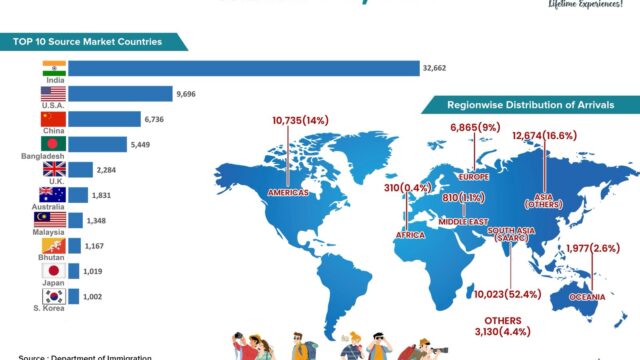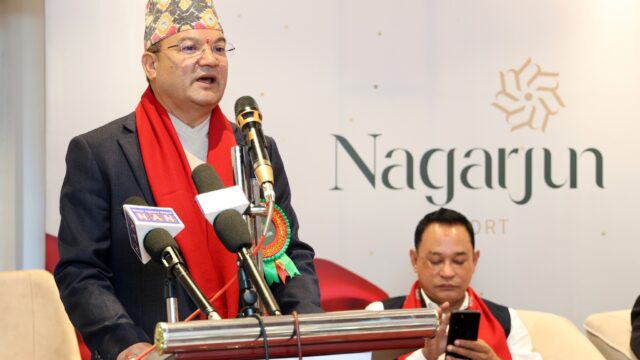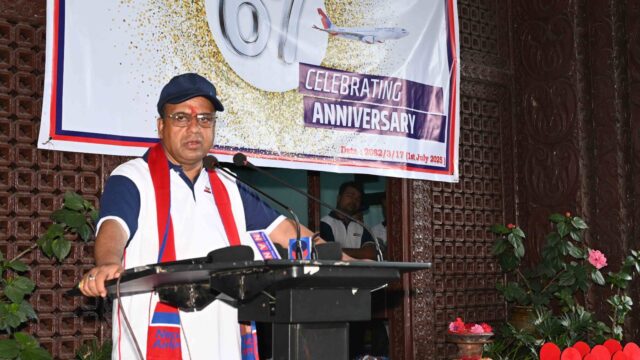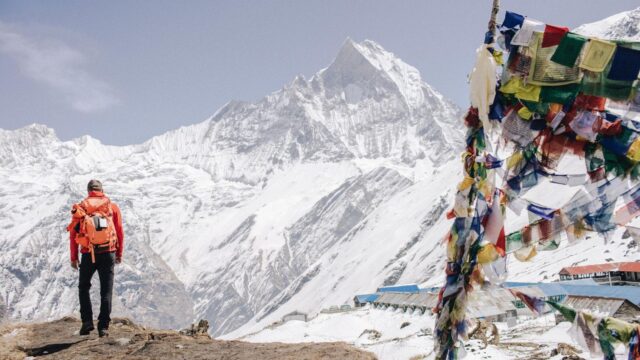In Dang, the conservation of wetland areas has led to an increase in both domestic and foreign bird populations that rely on water. Seven years ago, there were no water reservoirs in Ghorahi Sub-Municipality-17 Karjahi, which was increasing dryness in the area.
After the provincial and local governments allocated budgets for wetland conservation, a reservoir was created through local initiatives in a nearby community forest area. This reservoir has now become a center of attraction not only for people but also for native and migratory birds, said Chhitrus Chaudhary, president of the reservoir users committee.
While birds have begun to visit the reservoir, Chaudhary emphasized the need for government involvement in its protection. “The reservoir has been created, and foreign birds have arrived, but the question of how and where to protect them remains unclear,” he added. While the reservoir serves irrigation needs, much work is still required for bird conservation.
Every year, migratory birds visit the reservoirs, rivers, and ponds in Dang to escape the cold and search for food. Lalmani Regmi, who has been studying the local and migratory birds in Dang, noted that the presence of foreign birds in artificial reservoirs and wetlands around the Babai River is particularly notable.

Birds from regions like China, Eastern Europe, Mongolia, Russia, Siberia, and Korea visit Nepal to escape the cold. Many of these birds are found in Dang’s reservoirs. Chiranjivi Khanal, a bird expert, mentioned that these birds arrive during the months of Ashoj and Kartik and stay for up to six months. Dang hosts 28 species of waterfowl, Khanal added. Ghorahi’s mayor, Narulal Chaudhary, noted that once-dry areas are now flooded. The artificial reservoirs have created habitats for birds, leading to the arrival of foreign birds.
Chaudhary emphasized that these artificial lakes should be further promoted for the protection of waterfowl in the future. He also mentioned that the collected water is being used for irrigation, fish farming, vegetable cultivation, and fruit farming, helping the once-drying Ghorahi.
Currently, more than 40 reservoirs have been built in various wards of Ghorahi. These reservoirs are expected to contribute to the development and prosperity of Ghorahi. According to the Nepal Birdwatchers’ Association, a bird census conducted last year found 63,900 waterfowl of 79 species in 84 smaller areas across 18 major wetland regions in the country. Experts suggest that nearly 9% of the world’s 10,000 bird species can be found in Nepal.
While protecting these birds could attract external tourists, experts also mention that besides bird censuses, little other work has been done to support their conservation in Nepal.






